#12th Century
Text
"Of the 25 skeletons studied, 23 showed marks compatible with violent death. These were mainly penetrating puncture wounds and blunt force injuries and were found on the parts of the body that were most vulnerable to and unprotected from the weapons of the time. “We observed many lesions on the upper part of the skull, the cheeks and the inner part of the pelvis, which is consistent with the hypothesis that we are dealing with warriors,” explains Rissech. It was by studying the bone proportions that she realised that among the warriors there was a woman.
Typically, the skeletons of men and women have specific characteristics that differentiate them. “The morphology of the facial bones and the pelvis, are the most obvious examples,” explains Rissech. In some individuals, these characteristics may not be decisive when it comes to determining sex, but in the case of these remains there was little room for error. Who was this woman? Was she part of the order? Did she have the same status as the other knights?
On the one hand, the woman’s injuries led the research team to believe that she participated and died in battle, as there was no sign of bone regrowth in her injuries. “She may have died in a manner very similar to that of male knights, and it is likely that she was wearing some kind of armour or chain mail,” says Rissech. On the other hand, she did not have the same dietary indicators as some of the individuals analysed: “We observed a lower level of protein consumption in the case of this woman, which could indicate lower status in the social group,” he says. Some researchers have hypothesised that she was a servant who would have been called upon to join the knights in defending the castle if the need arose, but the URV researcher does not think so: “Her work as a servant would have left signs on her bones, indicators of certain types of physical activity that we could now identify”.
In contrast, her skeleton did show attributes similar to those of the other warrior monks, whose job required them to train in the use of the sword, an activity that leaves verifiable marks which were also observed on the woman’s bones. “I believe that these remains belong to a female warrior, but further analysis is needed to determine to what extent this woman is contemporary with the other knights”, says Rissech. According to the researcher, we should picture her as a warrior of about forty years of age, just under five feet tall, neither stocky nor slender and skillful with a sword."
#history#women in history#archeology#women warriors#warrior women#lady knights#spain#spanish history#12th century#15th century#historyblr#historical figures#women's history
82 notes
·
View notes
Text
all jokes obv 🎀💗
#baldwin iv#kingdom of heaven#king baldwin iv#the leper king#history shitposting#history memes#history#medieval history#medieval memes#12th century#crusade memes#baldwin iv of jerusalem#french
24 notes
·
View notes
Text
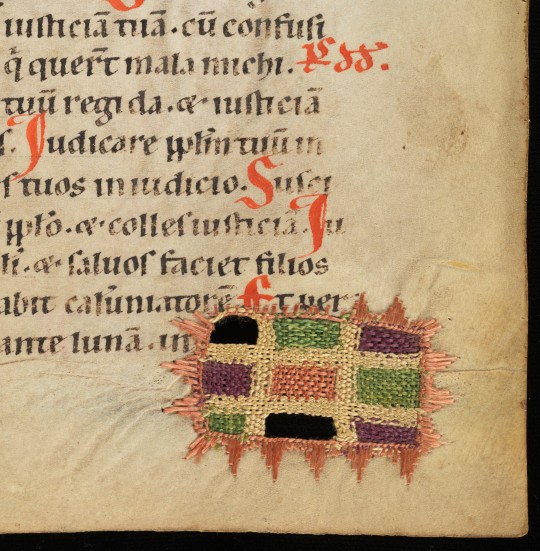
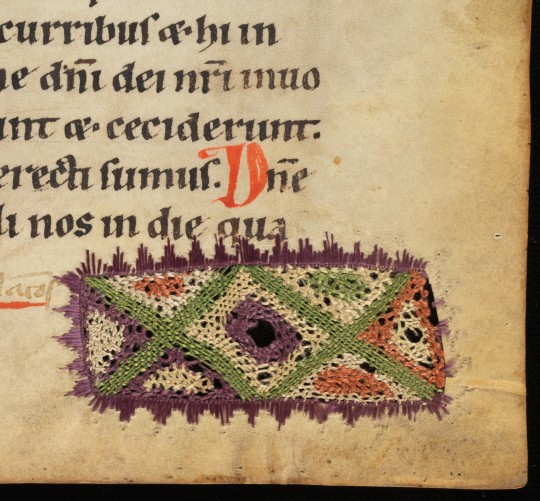

medieval parchment repairs
in a psalter, south-western germany, late 12th/early 13th c.
source: Hermetschwil, Benediktinerinnenkloster, Cod. membr. 37, fol. 19r, 53r, and 110r
#12th century#13th century#repairs#mending#medieval manuscript repairs#sewing#book history#medieval studies#medieval art#psalter
8K notes
·
View notes
Text
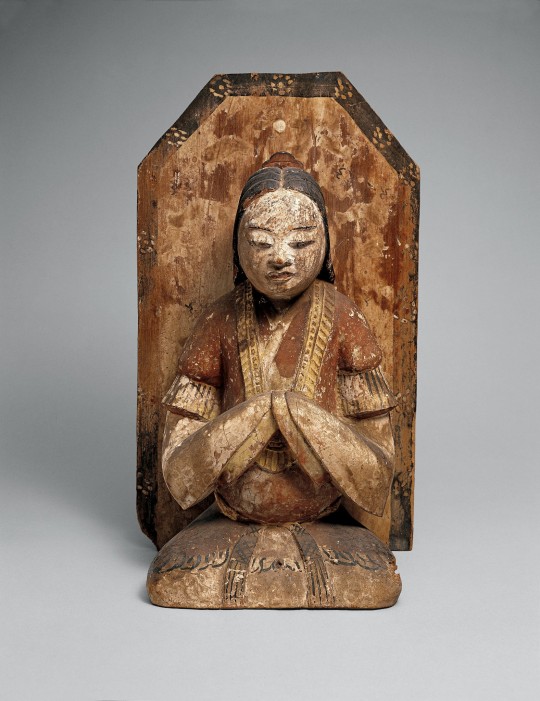
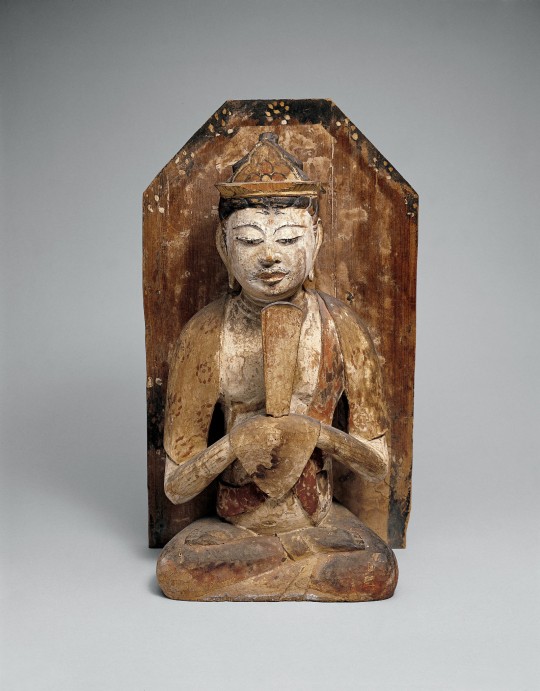
~ Shinto Goddess and Shinto God.
Date: 12th-13th century
Place of origin: Japan
Medium: Wood with color
#history#museum#archeology#sculpture#history of art#shinto goddess#shinto#shinto god#japanese art#japan#japanese#asian art#wood#12th century#13th century
586 notes
·
View notes
Text

Schloss Gernstein, Chiusa, South Tyrol, Italy,
@lightmixphot0
#art#design#architecture#history#luxury lifestyle#style#luxury house#luxury home#schloss#schloss gernstein#chiusa#south tyrol#italy#latzfons#12th century
753 notes
·
View notes
Text
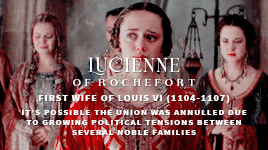













history + france's almost queens
#historyedit#perioddramaedit#12th century#14th century#15th century#16th century#17th century#18th century#19th century#mine#*#yes those names are all over the place
288 notes
·
View notes
Text
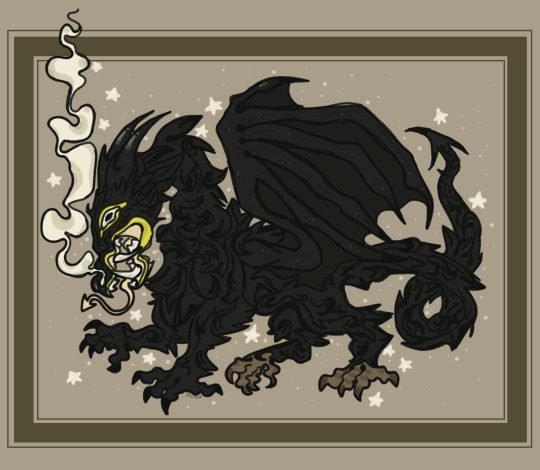
heraldic legend 🌾🍃🐉
✶
#dragon#dragon art#artists on tumblr#art#digital art#doodle#artwork#digital drawing#digital illustration#digital painting#my art#dragon oc#dragon design#medieval#medieval art#medieval dragon#fluffy#beast#monster#monster art#heraldry#heraldic dragon#creature design#monster design#feral#12th century#13th century#western dragon#european dragon#fantasy
160 notes
·
View notes
Text
He himself opened his mouth, in order that I may kiss more deeply.
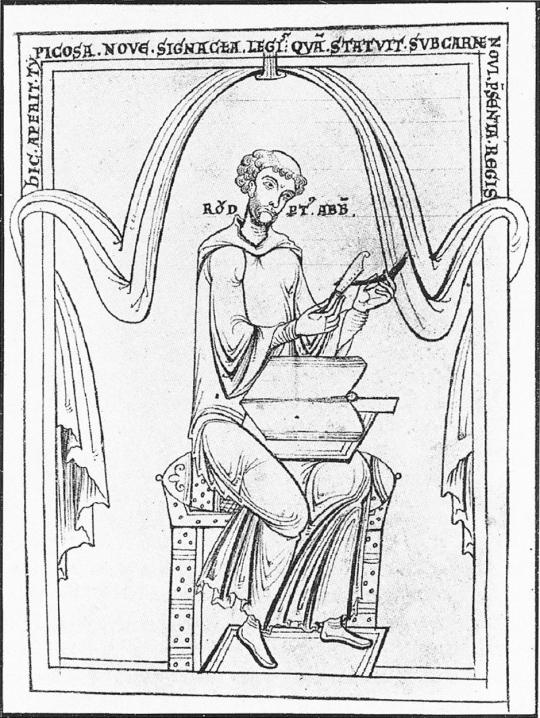
Rupert of Deutz is a 12th-century German Benedictine monk and theologian who had a mystical homoerotic encounter with Jesus. He wrote, “I took hold of him [Christ] whom my soul loves. I held him. I embraced him. I kissed him lingeringly. I sensed how gratefully he accepted this gesture of love when, between kissing, he himself opened his mouth, in order that I kiss more deeply.” Rupert of Deutz died on March 4, 1129. May we all be uplifted by his memory!
1K notes
·
View notes
Photo

The Emirate of Murcia in 1160s, under Muhammad ibn Mardanis, the "Wolf King", who devoted himself to reunite Al-Andalus and resist the Almohad invasion of Iberia
116 notes
·
View notes
Text

Unnatural Animals, Unnatural Ancestors
#the lion in winter#quinotaur#melusine#12th century#medieval#richard the lionheart#philip augustus#richphil#The style is kinda more later than 12th century inspired but i loge a stark ultramarine lookin background what can i say#middle ages#my art#tliw#historical rpf
85 notes
·
View notes
Photo
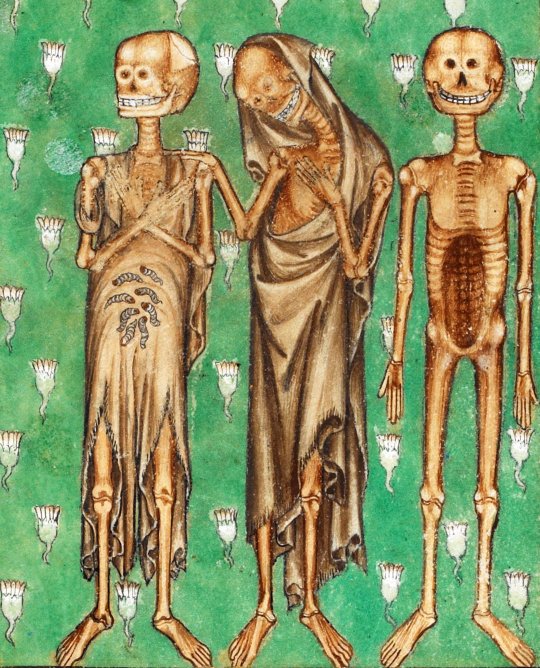
Detail of a miniature of the Three Dead from the the 'De Lisle Psalter', England (London?), c. 1308-c. 1340
405 notes
·
View notes
Text
just a baby boy who deserved better🤴🏼🪽



#baldwin iv#king baldwin iv#baudouin#baudouin iv#kingdom of heaven#the leper king#historical figure#historical art#medieval#middle ages#12th century#historical portrait#baldwin iv of jerusalem#my art#iPad art#crusades
183 notes
·
View notes
Text

mary & elizabeth
from a cycle of miniatures, possibly originally preceding a psalter, muri (?), first half of the 12th c.
source: Sarnen, Benediktinerkollegium, Cod. membr. 83, fol. 2r
#you know. idk if anybody has ever done a queer reading of the medieval mary/elizabeth iconography#but it should be done#if you're looking for christian iconography that lends itself to being reclaimed as sapphic this is absolutely the place to start imho#by which i just mean that if you're looking for medieval portrayals of female friendship/intimacy then this is where you will make a find#not that it needs to be sexualized or that it was intended that way#i hope y'all understand where i'm coming from#12th century#mary#st elizabeth#saints#mary and elizabeth#medieval art
616 notes
·
View notes
Text
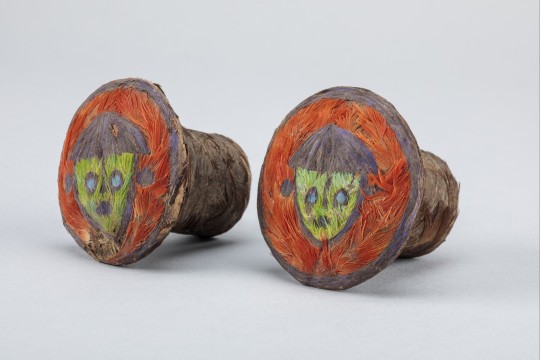
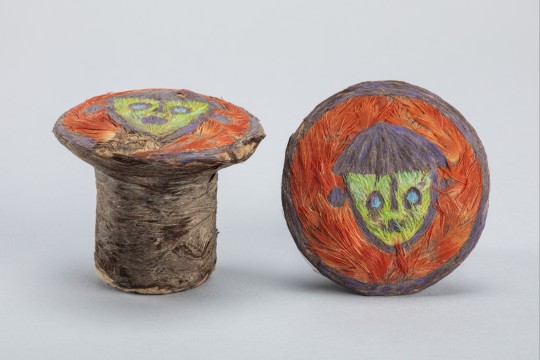
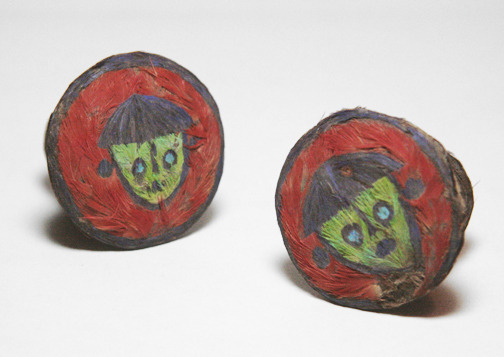
~ Pair of Ear Spools.
Date: A.D. 1000-1470
Place of origin: Central Coast, Perú
Culture: Chancay or Inca
Period: Late Intermediate-Late Horizon
Medium: Feathers, adhesive, gourd, and leather.
#history#museum#archeology#archaeology#pre columbian#12th century#15th century#peruvian#peru#south america#pair of ear spools#chancay#inca#indigenous#central coast#horizon period#intermediate period#feathers#a.d. 1000#a.d. 1470
442 notes
·
View notes
Text

Schloss Schönbühel, Schönbühel-Aggsbach, Austria,
Photo Courtesy of Atmos View
#art#design#architecture#history#luxury lifestyle#style#luxury house#luxury home#schloss#schloss schonbuhel#austria#melk#danube#12th century#atmosview#castle
491 notes
·
View notes
Text
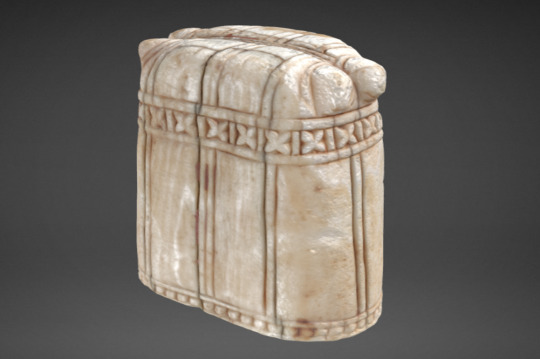
Medieval chess, or medieval Kinder Surprise?
As mentioned in the previous post, chess originated in India and early chess boards often included a bishop. When the game was popularized in northern Europe, the original pieces continued to be used, although they lost their meaning or were reinterpreted over time. The elephant's tusks eventually became two bumps. Eventually, elephant, chariot, and vizier pieces were given names of officials at northern courts: bishops, knights, and queens. These transitions and designs happened in different ways in different places.
An interesting piece that showing one moment of transition, acquired by Musée de Cluny in 2011, has the abstract elephant shapes with bumps on the outside-- plus a surprise bishop holding a crozier and a book on the inside!
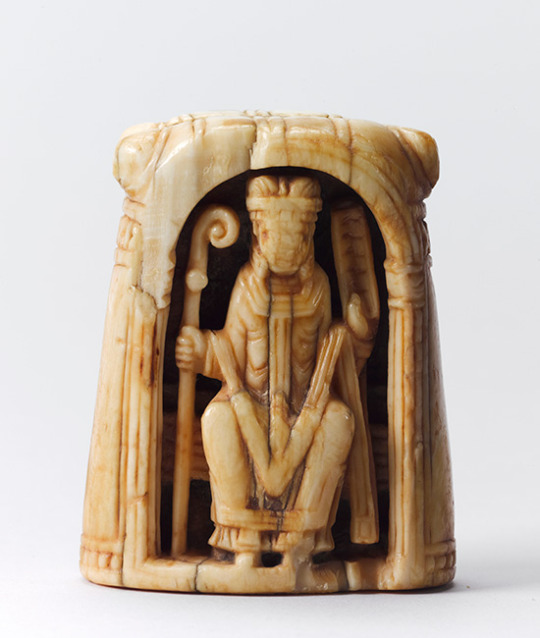
Material: Ivory
Date: 12th century?
Origin: Cologne? England?
Now Paris, Musée de Cluny Cl. 23885
You can play with a 3D version at https://www.musee-moyenage.fr/collection/collections-3D/piece-d-echec-eveque-en-3d.html
#elephant#elephants#medieval elephants#ivory#chess#chess piece#bishop#musee de cluny#12th century#middle ages#global middle ages
195 notes
·
View notes